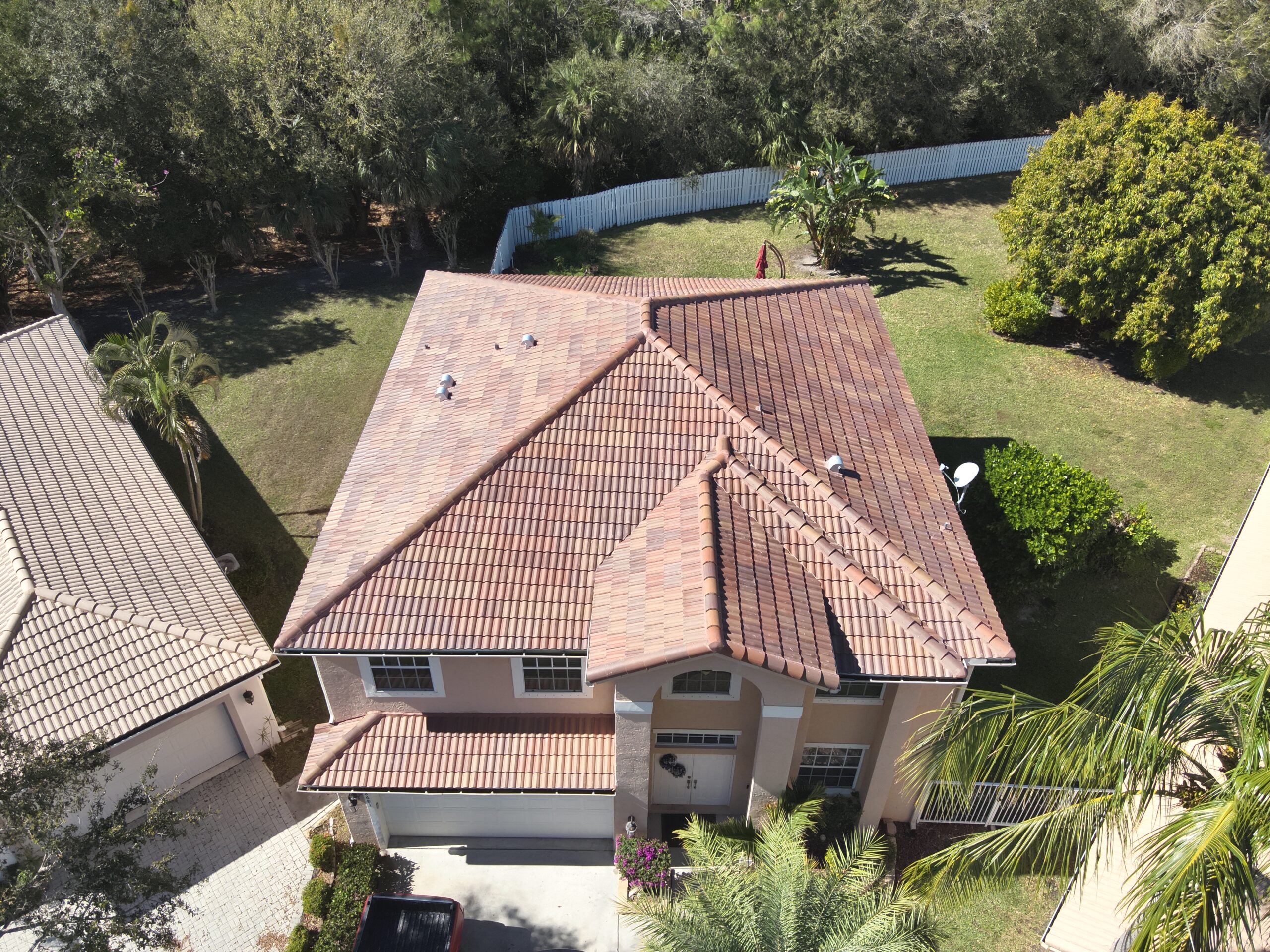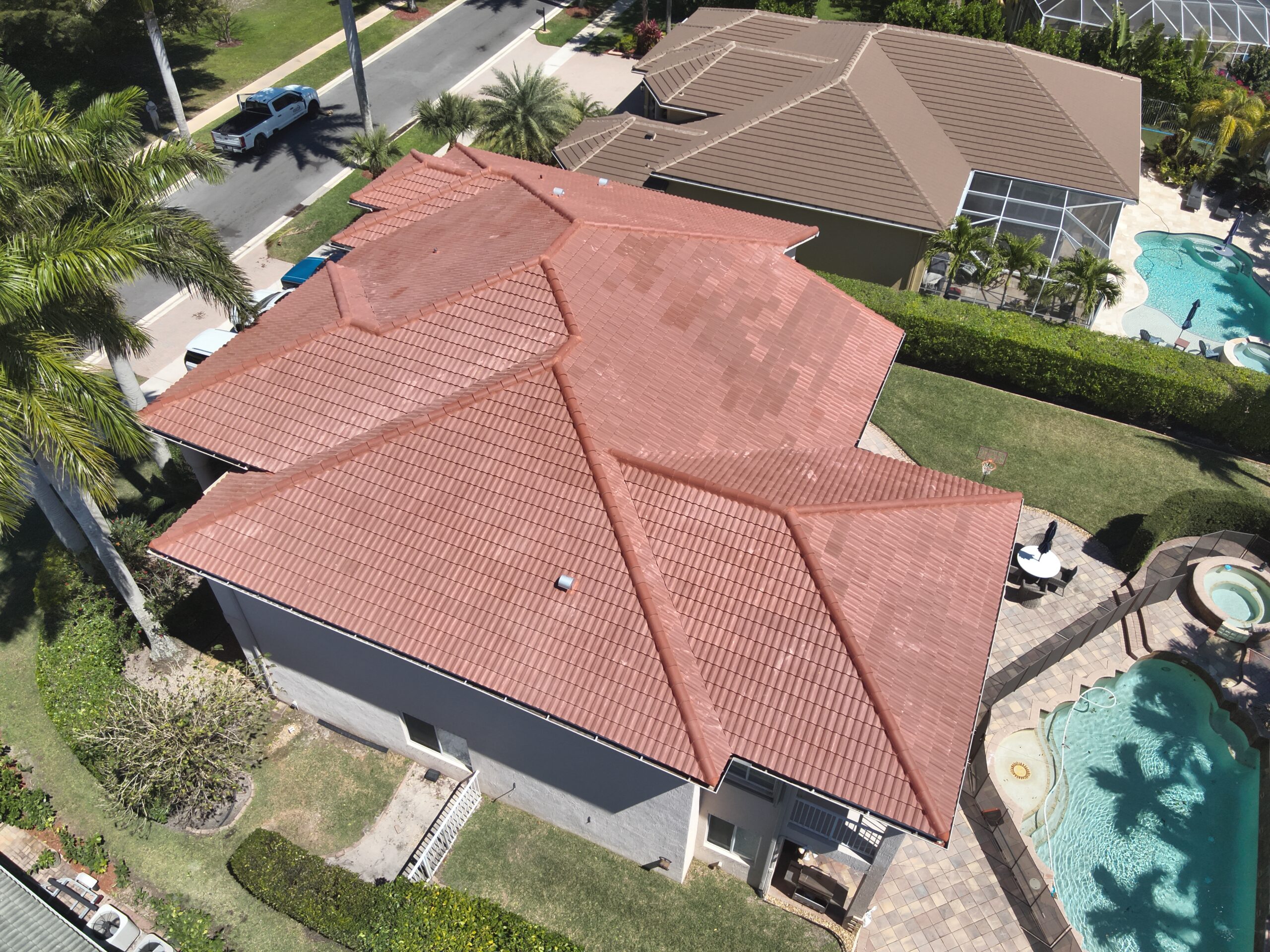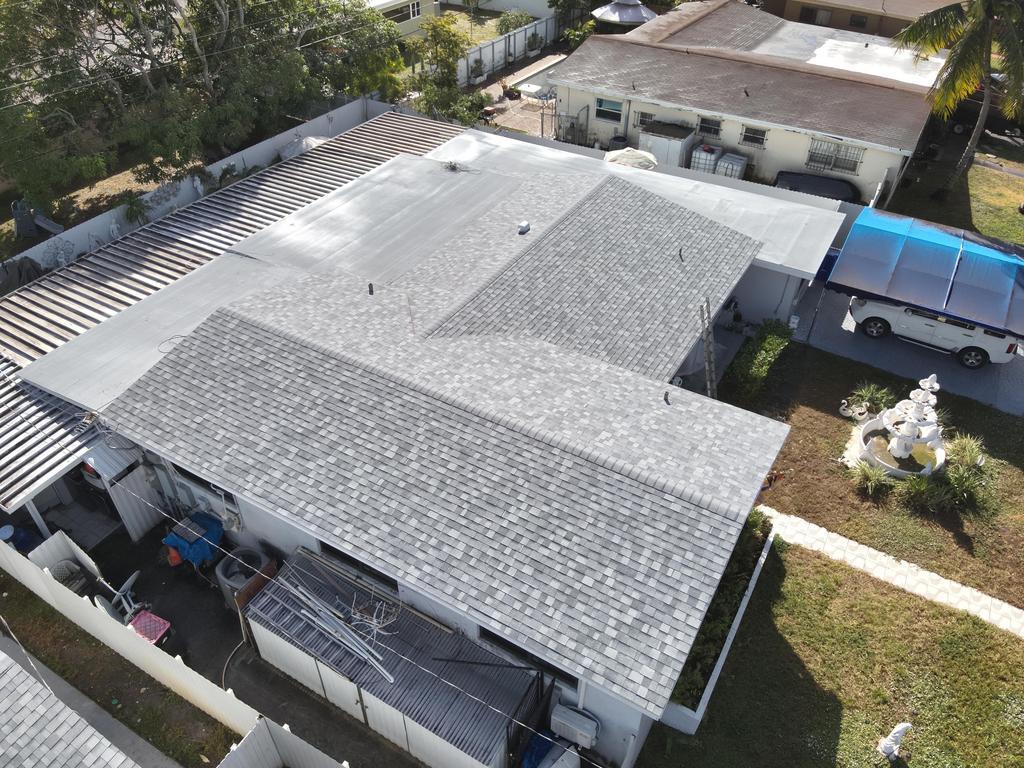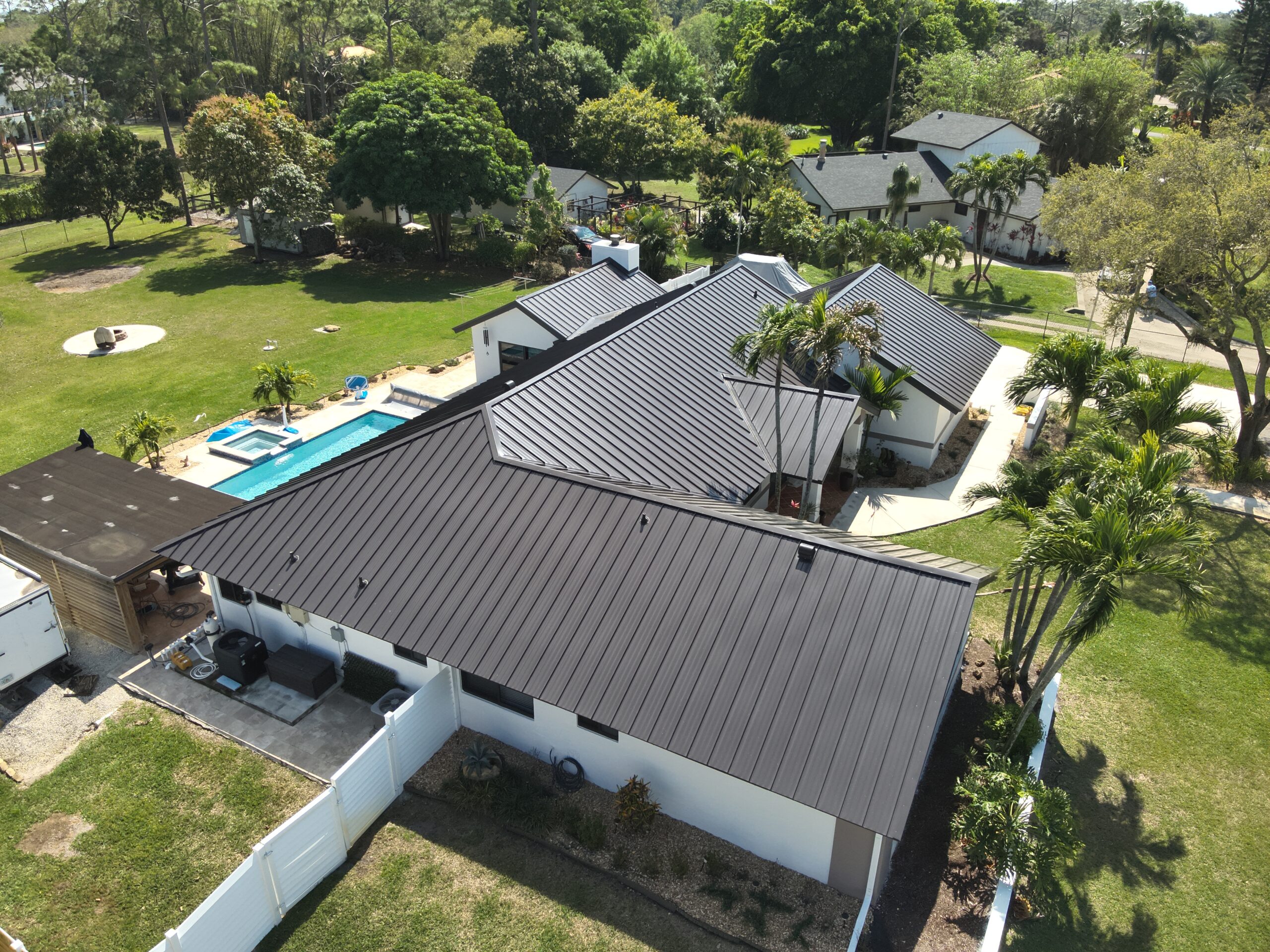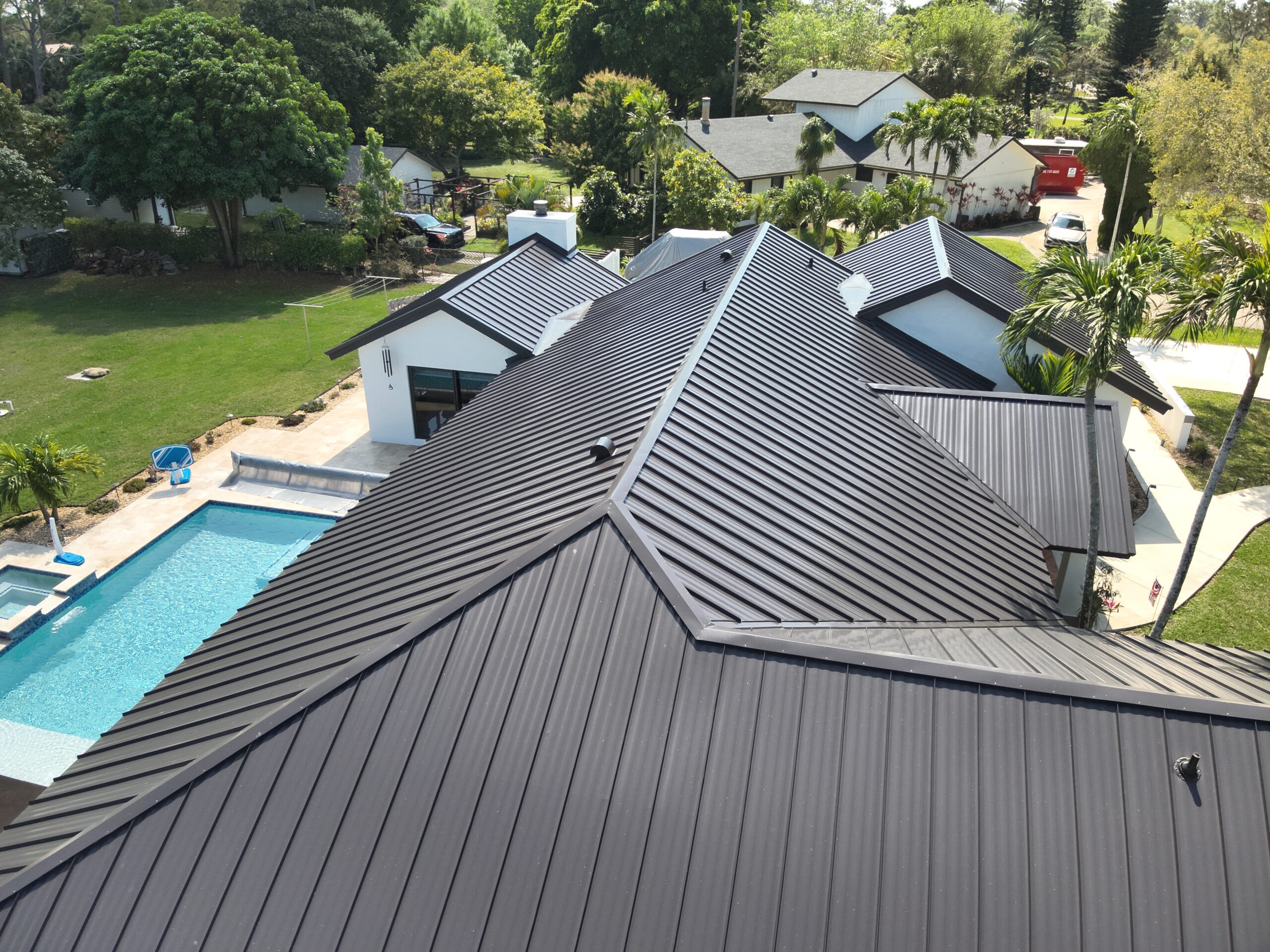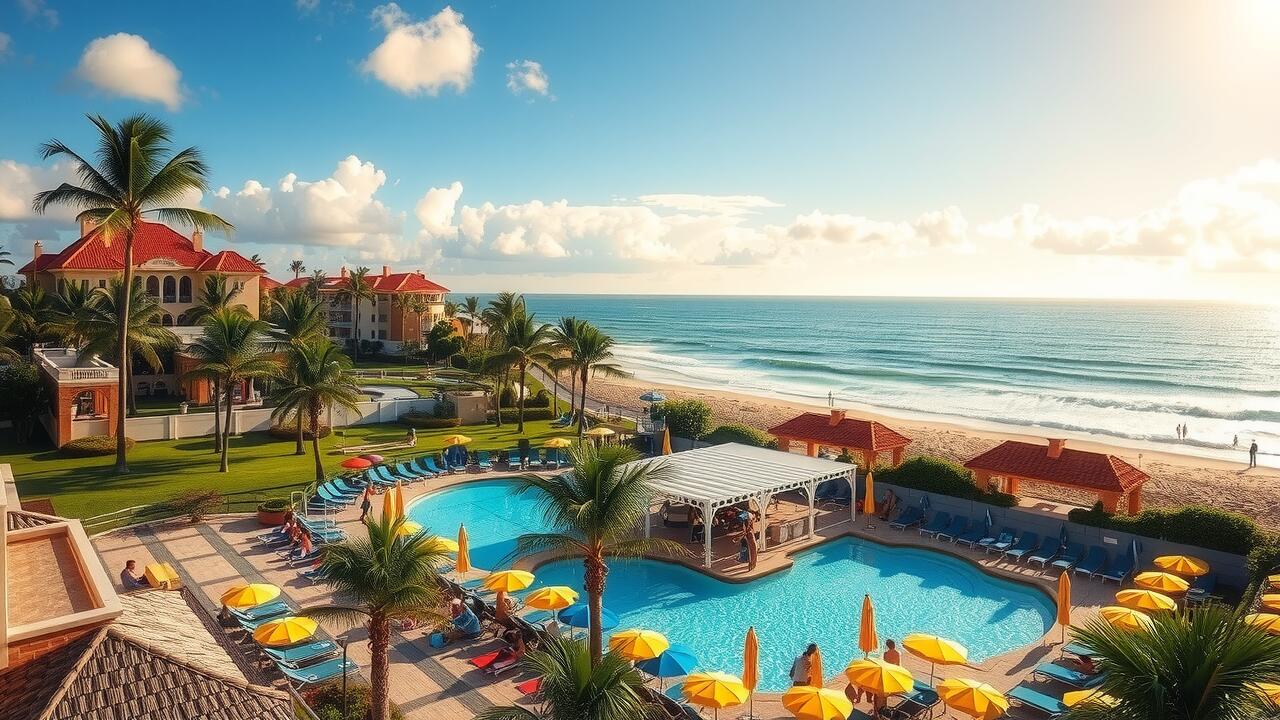Author: Galshapira
Choosing the Right Contractor
Selecting the right contractor for tile roof replacement in Boca Raton, Florida, can significantly impact the quality and longevity of your new roof. It is essential to seek out licensed and insured professionals with extensive experience in roofing projects. Take the time to review their portfolios to gauge the quality of their past work. A contractor’s reputation in the community can provide valuable insights, so don’t hesitate to ask for references and check online reviews.
Equally important is ensuring the contractor provides a detailed, written estimate that breaks down the costs involved. This should include labor, materials, and any additional fees that may arise during the project. When considering multiple bids, be wary of offers that seem remarkably lower than others; they might cut corners on materials or workmanship to save costs. It’s worth investing time in discussions with potential contractors to clarify their processes and materials, ensuring they align with your expectations for tile roof replacement in Boca Raton, Florida.
Evaluating Contractor Experience and Reviews
When considering a contractor for your tile roof replacement in Florida, evaluating their experience is crucial. Look for professionals who have a solid track record in roofing projects similar to yours. An experienced contractor is more likely to understand the specific challenges posed by Florida’s climate, including high humidity and severe storms. This knowledge can make a significant difference in the quality and longevity of your roof.
Reviews can provide valuable insight into a contractor’s reliability and workmanship. Take the time to read both online reviews and testimonials from past clients. A well-reviewed contractor typically demonstrates a commitment to customer satisfaction and attention to detail. Gathering multiple opinions helps ensure you make a well-informed decision before beginning the tile roof replacement in Florida.
Financing Options for Roof Replacement
Homeowners often face significant costs when considering tile roof replacement in Boca Raton, Florida. Various financing options are available to help manage these expenses. Some may choose personal loans, which typically offer fixed interest rates and predictable monthly payments. Others might consider utilizing home equity loans or lines of credit, which often come with lower interest rates since they are secured against the home’s value. Each option has pros and cons that should be carefully evaluated to determine the most suitable choice for individual financial situations.
In addition to traditional loans, many roofing contractors offer financing plans that allow homeowners to pay in installments over time. These plans can be tailored to align with the homeowner’s budget and financial capabilities. Often, this approach provides the benefit of immediate roof replacement without the upfront burden of the entire cost. Exploring these financing options enables homeowners to maintain their properties efficiently while managing their financial health effectively.
Comparing Loans and Payment Plans
When considering Tile Roof Replacement in Boca Raton, Florida, it’s essential to explore various financing options that can accommodate your budget. Homeowners often face the challenge of balancing the cost of the project with their financial capacity. Personal loans, home equity loans, and lines of credit are popular choices. Each option has distinct advantages and disadvantages, making it crucial to evaluate your financial situation and determine which method aligns best with your goals.
Payment plans can also offer flexibility for homeowners. Many contractors and roofing companies provide in-house financing or collaborate with lenders to facilitate manageable payment schedules. This approach ensures that homeowners can initiate the necessary repairs or replacements without the stress of an immediate financial burden. Assessing the terms of these plans, including interest rates and repayment periods, is vital for making an informed decision.
Maintenance Tips for Tile Roofs
Maintaining a tile roof involves regular inspections and cleaning to ensure its longevity. Debris such as leaves and branches can accumulate, leading to moss and algae growth. It is advisable to clear the roof periodically, especially after storms that may have dislodged tiles or scattered debris. Checking for missing or cracked tiles can help prevent more significant damage and costly repairs. It’s best to address minor issues promptly rather than waiting until they escalate.
Another crucial aspect of maintenance is ensuring that gutters and downspouts are clear and functional. Blocked gutters can lead to water pooling on the roof, which may cause deterioration over time. Regularly inspecting and cleaning these areas will minimize the risk of leaks and structural damage. If you’re considering Tile Roof Replacement in Florida, taking preventive measures now can extend the lifespan of your current roof. Implementing these simple practices not only preserves the integrity of the roof but also enhances the overall aesthetic of your home.
Preventative Measures to Extend Lifespan
Regular maintenance plays a crucial role in extending the lifespan of tile roofs. Homeowners should inspect their roofs frequently, checking for cracked or loose tiles. Addressing minor repairs quickly can prevent more significant issues down the line. Keeping gutters clean is also essential to ensure proper water drainage, reducing the risk of water damage to the underlying structure.
Another effective preventative measure involves the application of sealants on the tiles. This can help to protect against moisture penetration and UV damage. It’s wise to schedule professional inspections every few years to identify potential problems before they escalate. For those considering Tile Roof Replacement in Florida, investing in maintenance can significantly prolong the life of the existing roof and optimize the performance of a new installation.
FAQS
What is the average cost to replace a tile roof?
The average cost to replace a tile roof typically ranges from $15,000 to $30,000, depending on factors such as the size of the roof, the type of tiles used, and labor costs in your area.
How long does it take to replace a tile roof?
Replacing a tile roof can take anywhere from a few days to a few weeks, depending on the size of the roof, weather conditions, and the contractor’s schedule.
Are there financing options available for roof replacement?
Yes, many contractors offer financing options, and there are also personal loans and home equity loans that can help finance a roof replacement.
How do I choose the right contractor for my tile roof replacement?
When choosing a contractor, evaluate their experience, read reviews, check for licensing and insurance, and obtain multiple quotes to compare.
What maintenance is required for a tile roof?
Regular maintenance for a tile roof includes cleaning debris, inspecting for damaged tiles, ensuring proper drainage, and performing routine inspections to address any issues early.
How to Calculate Roof Area
Calculating the roof area is an essential first step in understanding the scope of roof replacement. Homeowners can begin by measuring the dimensions of their roof. This process often involves determining the length and width of each section, including overhangs. Once the dimensions are secured, multiplying the length by the width gives the area for each section. Summing the areas of all sections provides the total roof area, which will be critical when assessing compliance with local roofing regulations.
For those considering types of materials, services like “Metal Roof Replacement near me” can offer guidance on options suitable for the calculated area. It’s important to factor in the pitch and slope of the roof, as these can affect the overall area. Utilizing online calculators or professional services can simplify the measurement process. Accurate calculations ensure homeowners can take informed steps when planning their roofing projects and adhere to necessary guidelines.
Measuring Techniques
Accurately measuring your roof area is crucial when considering replacement options. Homeowners can use various techniques for this task, including direct measurements with a tape measure, the use of laser distance meters, or even aerial imaging services. Each method has its pros and cons, and the choice may depend on the roof’s complexity and the homeowner’s comfort level with heights. For those who may prefer professional help, searching for “Metal Roof Replacement near me” can lead to local contractors who can provide accurate assessments.
When measuring a pitched roof, it’s essential to account for both the length and the width of each section. These measurements should then be multiplied to calculate the total surface area. It’s also important to check for features like chimneys, skylights, or vents that could affect the final calculations. For complex roof geometries, breaking the area into smaller, manageable sections makes the measuring process easier and more accurate. Utilizing proper tools and techniques can help ensure a valid assessment needed for compliance with Florida’s roof replacement regulations.
Compliance with the 25% Rule
Understanding compliance with the 25% rule is crucial for homeowners considering roof replacement in Florida. The rule stipulates that if a roof area requires repairs or replacement of 25% or less, it may be allowed under the residential roofing code without necessitating a complete roof replacement. Homeowners looking to undertake repairs can benefit from knowing this rule, as it can significantly reduce costs and time involved in the process. Those searching for options may find it useful to look for services with the keyword “Metal Roof Replacement near me” to get appropriate assistance with their projects.
Homeowners must also navigate local building codes when assessing compliance with the 25% rule. Each jurisdiction may have specific requirements about the extent of repairs permissible before triggering a full replacement mandate. Therefore, consulting with licensed roofing contractors and local authorities is advisable for ensuring that any work aligns with the legal standards. This proactive approach helps homeowners avoid complications down the line.
Steps for Homeowners
Homeowners must first assess the overall condition of their roofing system before considering any replacement options. This involves inspecting for signs of damage, leaks, or aging materials. It’s crucial to document the extent of any issues and gather information on the existing roof’s area. By understanding whether the damage exceeds the 25% threshold, homeowners can take appropriate steps for compliance. If repairs are needed, seeking professional advice is recommended to ensure that all actions align with local building codes.
Once this initial assessment is complete, homeowners can explore replacement options. Researching contractors who specialize in Metal Roof Replacement near me can help in finding trusted professionals. Gathering multiple quotes can also provide a clearer understanding of potential costs and timelines. Engaging with local professionals ensures that the chosen materials and techniques comply with the 25% rule, ultimately protecting the homeowner from possible legal complications or unnecessary expenses down the line.
Consequences of Non-Compliance
Failing to adhere to the 25% rule for roof replacement in Florida can lead to significant legal and financial consequences. Homeowners who ignore this regulation risk being fined by local authorities. Violations may also result in costly delays in the replacement process, especially if permits need to be reissued or if additional inspections are required. Compliance ensures that all renovations are within the laws set by the state, protecting property rights and maintaining community standards.
In addition to fines, non-compliance could complicate insurance claims or even lead to denial of coverage. Insurance companies often require adherence to local codes as a condition of coverage. Unexpected roof damage might not be fully covered if it is found that previous work violated regulations. Homeowners seeking “Metal Roof Replacement near me” should ensure that they understand the local rules to avoid these pitfalls.
Legal and Financial Risks
Engaging in roof replacement without adhering to the 25% rule can lead to significant legal and financial repercussions. Homeowners may face fines imposed by local building authorities if they exceed the limit set by this regulation. This situation could escalate into a costly legal battle, especially if a dispute arises regarding compliance. Inspectors may require costly rework or additional renovations to bring the project into compliance.
Additionally, the financial implications extend beyond fines. Homeowners may experience increased insurance premiums or challenges in filing claims related to roof damage if they are found to be non-compliant with the rule. Moreover, future resale of the property could be affected, as potential buyers may view non-compliance as a red flag. In seeking assistance, homeowners might search for “Metal Roof Replacement near me” to ensure they engage contractors familiar with local regulations, thereby avoiding potential pitfalls.
FAQS
What is the 25% rule for roof replacement in Florida?
The 25% rule in Florida refers to a regulation that states if more than 25% of a roof’s area needs replacement, the entire roof must be replaced instead of just the damaged sections.
How do I calculate the area of my roof to determine compliance with the 25% rule?
You can calculate the area of your roof by measuring its length and width and multiplying these dimensions. For more complex shapes, you may need to break the roof down into smaller sections and add their areas together.
What measuring techniques can I use to ensure accurate calculations?
You can use a tape measure for manual measurement, a laser distance measurer for quick and precise results, or even tools like roof measurement apps that utilize satellite imagery for greater accuracy.
What steps should homeowners follow to ensure compliance with the 25% rule?
Homeowners should first assess the damage and calculate the roof area. If repairs exceed 25%, they should consult with a licensed contractor to discuss a full roof replacement and check local building codes.
What are the consequences of not complying with the 25% rule?
Non-compliance with the 25% rule can lead to legal and financial risks, including fines, the requirement to redo work, and potential issues with insurance claims if the roof does not meet local regulations.
Tampa
Tampa is a vibrant city located on the Gulf Coast of Florida. It boasts a rich cultural scene, combining history with modern attractions. The waterfront area features bustling shops and restaurants. Families often flock to the many parks along the shoreline. Nearby Busch Gardens offers a blend of thrilling rides and stunning wildlife exhibits that appeal to visitors of all ages.
The city hosts numerous events throughout the year, showcasing its diverse community. Popular festivals, such as the Gasparilla Pirate Festival, attract locals and tourists alike. Tampa’s culinary landscape is equally impressive, with a variety of dining options that reflect its multicultural influences. Sports enthusiasts can catch exciting games, as the city is home to major league teams in football, baseball, and hockey.
Tampa
Jacksonville
Jacksonville, the largest city by area in the contiguous United States, boasts a rich history and vibrant cultural scene. Once a small port town, it has evolved into a bustling metropolis. The St. Johns River runs through the city, offering picturesque waterfront views and recreational opportunities. With numerous parks and green spaces, Jacksonville provides ample opportunities for outdoor activities, attracting both residents and visitors alike.
The city’s diverse neighborhoods each have their own unique charm. From the historic streets of Riverside to the trendy vibe of San Marco, there is something for everyone. Local events and festivals thrive throughout the year, showcasing Jacksonville’s art, music, and culinary scenes. As a major hub for finance and commerce, it also plays a significant role in Florida’s economy, further enhancing its appeal as a destination for both business and leisure.
Jacksonville
Fort Lauderdale
Fort Lauderdale is known for its stunning beaches and vibrant nightlife. The city boasts an extensive network of waterways, often referred to as the “Venice of America.” Visitors can explore the scenic canals by boat or take a leisurely stroll along the beachfront promenade. The area is home to a variety of shops, restaurants, and entertainment options that cater to diverse tastes.
Cultural attractions are also abundant in Fort Lauderdale. The Museum of Discovery and Science offers interactive exhibits for all ages. Art enthusiasts can visit the NSU Art Museum, showcasing contemporary works and local talent. Annual events like the Fort Lauderdale International Boat Show draw large crowds, highlighting the city’s maritime heritage and lifestyle. Whether relaxing on the beach or engaging in cultural experiences, the city provides visitors with a unique blend of relaxation and excitement.
Fort Lauderdale
St. Augustine
Known as the oldest continuously inhabited European-established settlement in the continental United States, this charming city offers a rich tapestry of history. Founded in 1565 by Spanish explorers, it boasts an impressive array of historic architecture, including the iconic Castillo de San Marcos. Visitors can wander through the narrow streets lined with cobblestones, stopping at various museums and shops that reflect the city’s colonial past.
The vibrant cultural scene adds to St. Augustine’s appeal, showcasing art galleries, theaters, and annual festivals that celebrate its heritage. Past the historical sites, beautiful beaches provide a perfect backdrop for relaxation and outdoor activities. The local cuisine, influenced by Spanish and Southern flavors, is a culinary journey worth experiencing. Whether exploring ancient landmarks or soaking up the sun, St. Augustine offers a unique blend of history and recreation.
St. Augustine
FAQS
What are some popular attractions in Tampa?
Some popular attractions in Tampa include Busch Gardens, the Florida Aquarium, and the historic Ybor City. Visitors can also enjoy the Museum of Science and Industry, as well as beautiful waterfront parks like Curtis Hixon Waterfront Park.
What activities can I do in Jacksonville?
In Jacksonville, you can explore the Jacksonville Zoo and Gardens, visit the Cummer Museum of Art and Gardens, or relax at the beaches along the Atlantic coastline. Additionally, take a stroll in the Riverside Arts Market or explore the vibrant downtown area.
What should I see in Fort Lauderdale?
Fort Lauderdale is known for its stunning beaches and canals. Visitors should check out the Fort Lauderdale Beach, Las Olas Boulevard for shopping and dining, and the Bonnet House Museum & Gardens for a glimpse into the area’s history. Don’t forget to take a scenic boat tour of the Intracoastal Waterway!
Why is St. Augustine considered a must-visit destination?
St. Augustine is the oldest city in the U.S. and is rich in history. Visitors can explore the Castillo de San Marcos, stroll along St. George Street for unique shops and restaurants, and visit the Lightner Museum. The city’s charming architecture and historical sites make it a unique destination.
What is the best time to visit Florida for outdoor activities?
The best time to visit Florida for outdoor activities is during the spring (March to May) and fall (September to November) when the weather is typically mild and pleasant, avoiding the intense heat of summer and the potential for hurricanes.
Red Reef Park
Vibrant marine life and picturesque landscapes define this coastal gem. Visitors can explore its beautiful beach, perfect for sunbathing and swimming. The designated snorkeling area reveals an underwater world teeming with colorful fish and fascinating coral formations. Families particularly enjoy the scenic picnic spots that allow for relaxing afternoons bathed in sunshine.
Nature trails wind through lush habitats, offering opportunities for birdwatching and enjoying the local flora. The park features educational signage to increase awareness of the ecosystem’s importance. Playgrounds provide entertainment for children, making it an ideal location for family outings. With its combination of leisure activities and natural beauty, this park is a great destination for both locals and tourists.
Red Reef Park
Boca Raton Resort & Club
This luxurious destination offers a unique blend of relaxation, recreation, and elegance. Guests can indulge in an array of amenities including a private beach, multiple swimming pools, and fine dining options that cater to diverse palates. The resort’s stunning architecture and lush landscaping create a tranquil atmosphere perfect for unwinding after a day of exploration.
In addition to lavish accommodations, the resort features an expansive spa that provides a sanctuary for rejuvenation. Activities such as golf at the renowned course, tennis matches, and water sports appeal to both active travelers and those seeking leisure. With its rich history and commitment to exceptional service, this venue remains a highlight of Boca Raton’s hospitality scene.
Boca Raton Resort & Club
Spanish River Park
This picturesque park spans over 100 acres and features a blend of coastal ecosystems. Visitors can explore tranquil walking trails shaded by lush trees while enjoying scenic views of the nearby Intracoastal Waterway. The park offers access to serene beaches, making it a popular spot for sunbathing and picnicking. Families often gather here to enjoy outdoor activities such as biking, jogging, and birdwatching.
Spanish River Park is also home to diverse wildlife, providing opportunities for nature enthusiasts to observe various species. The park includes a designated area for launching kayaks and paddleboards, allowing for exploration of the waterways. Children’s playgrounds and picnic areas enhance the overall experience, making it a perfect destination for a day out with family or friends.
Spanish River Park
FAQS
What are the main attractions in Boca Raton, Florida?
Some of the main attractions include Red Reef Park, Gumbo Limbo Nature Center, Boca Raton Resort & Club, and Spanish River Park.
Is Red Reef Park suitable for families?
Yes, Red Reef Park is family-friendly and offers facilities like picnic areas, a playground, and easy access to the beach for a fun day out.
What type of activities can I do at Gumbo Limbo Nature Center?
At Gumbo Limbo Nature Center, you can enjoy nature walks, visit the sea turtle rehabilitation center, and explore interactive exhibits about local wildlife and ecosystems.
Does Boca Raton Resort & Club offer activities for visitors?
Yes, Boca Raton Resort & Club offers a variety of activities, including golf, spa services, dining options, and access to private beaches.
Are there any outdoor activities at Spanish River Park?
Absolutely! Spanish River Park features hiking trails, picnic areas, and access to the beach, making it a great spot for outdoor activities such as jogging, biking, and fishing.
